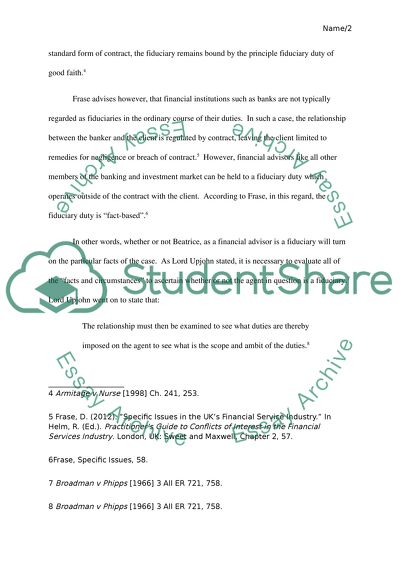Cite this document
(“Banking law Essay Example | Topics and Well Written Essays - 2000 words”, n.d.)
Retrieved from https://studentshare.org/law/1463074-banking-law
Retrieved from https://studentshare.org/law/1463074-banking-law
(Banking Law Essay Example | Topics and Well Written Essays - 2000 Words)
https://studentshare.org/law/1463074-banking-law.
https://studentshare.org/law/1463074-banking-law.
“Banking Law Essay Example | Topics and Well Written Essays - 2000 Words”, n.d. https://studentshare.org/law/1463074-banking-law.


